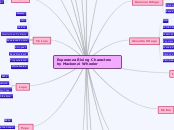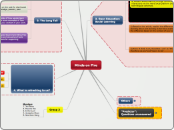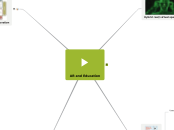a John Steltz 14 éve
272
Connecting the Student-Centered Classroom
Educators can enhance student learning by employing various strategies tailored to individual needs and learning styles. Understanding that students have unique preferences—visual, kinesthetic, tactile, and auditory—









